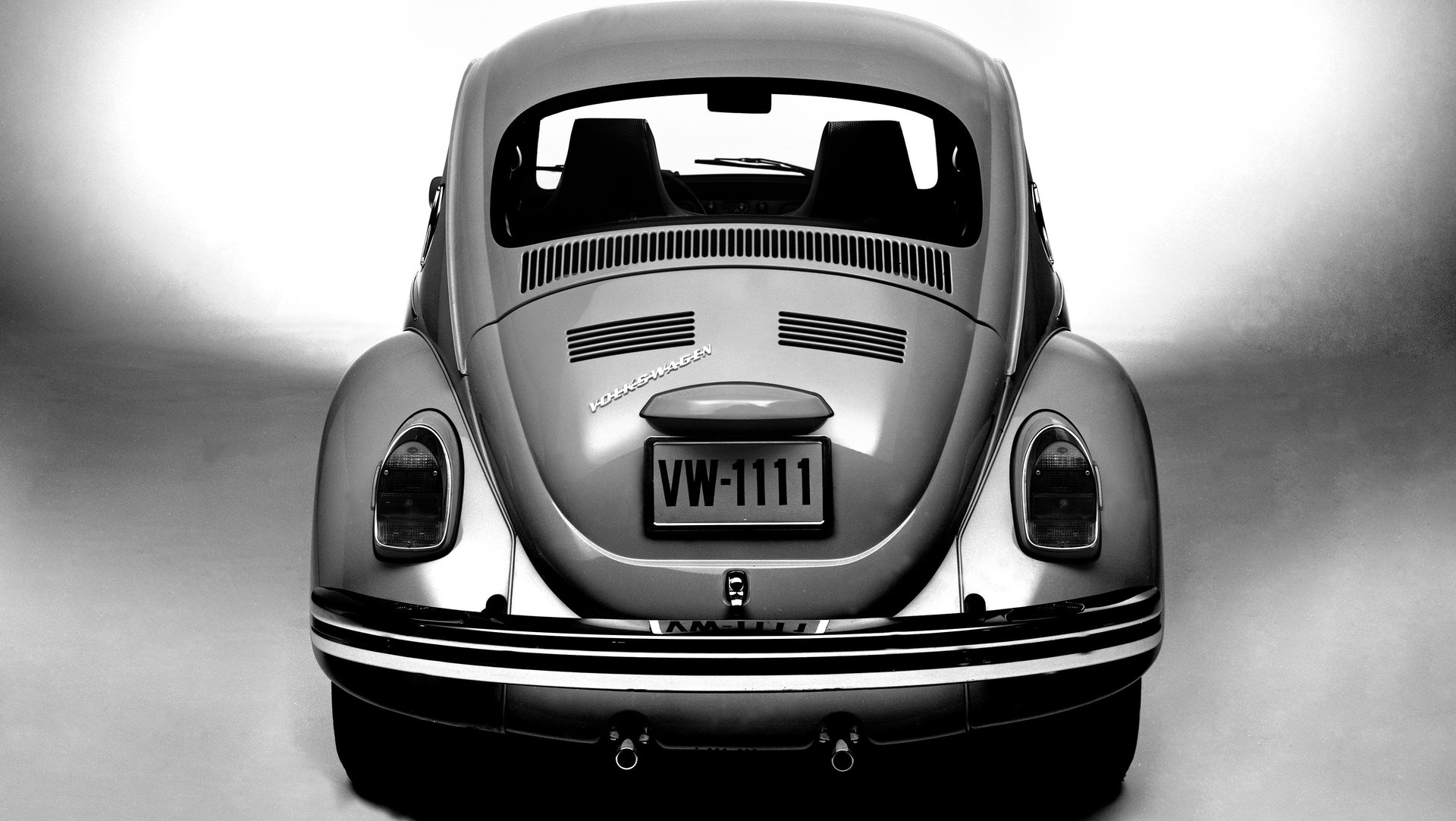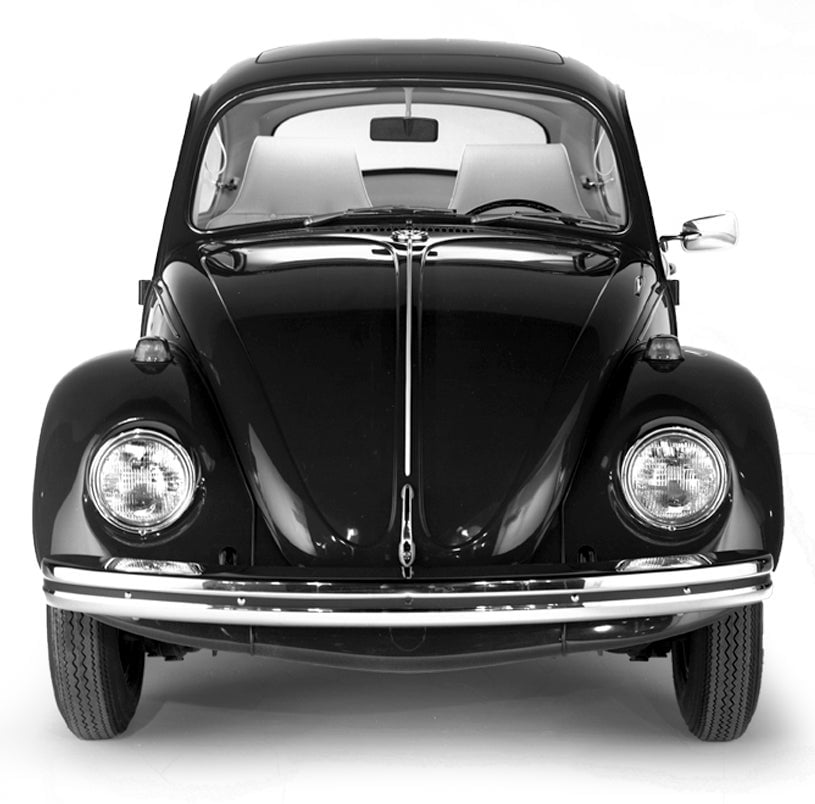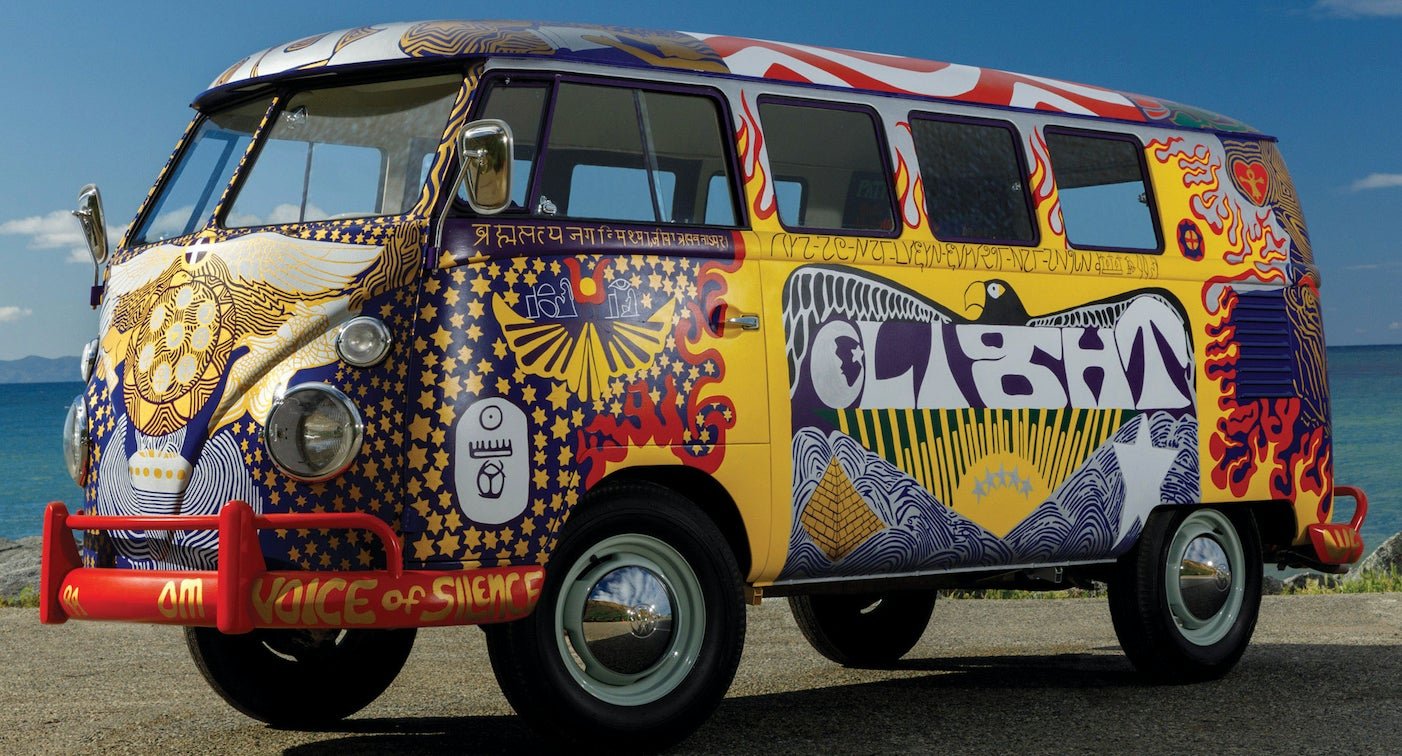The Beetle, 81, is no more
The last Volkswagen Beetle rolled off an assembly line into eternity in Puebla, Mexico this week.


The last Volkswagen Beetle rolled off an assembly line into eternity in Puebla, Mexico this week.
There was no shortage of angst on the factory floor and Twitter farewells on July 11 as admirers turned out to see the Beetle off. “While its time has come, the role it has played in the evolution of our brand will be forever cherished.” said Scott Keogh, president and CEO, Volkswagen Group of America, calling the car a “round peg” in the square hole of the automotive industry. “It’s impossible to imagine where Volkswagen would be without the Beetle.”
German-born, America-defined
The Beetle was born in Germany in 1938 to humble circumstances, a modest two-door economy car with no hint of future fame. The 25-horsepower, rear-mounted engine was only capable of about 100 km/h (62 mph). Rather than giving it a proper name, Volkswagen merely designated it the “Type 1.”
It arrived at a dark time in history. The car’s parents helped engineer Germany’s tragic descent into war and genocide. Nazi leader Adolf Hitler formulated the first concept for the Beetle as a “people’s car” (in German, Volkswagen), a simple, cheap mass-produced mode of transportation for the nation. VW’s engineering chief Ferdinand Porsche gave birth to the Beetle’s iconic shape and simple reliability that eventually captured the hearts of millions.

The Beetle almost died as an ignominious casualty of war. Few of the future Beetles were produced during wartime as Volkswagen churned out light military vehicles. Once the Allies occupied Germany, the VW factory and its namesake cars were supposed to be dismantled and shipped abroad. Ford was even offered it for free. But no one wanted it. “The vehicle does not meet the fundamental technical requirement of a motor-car,” pronounced an official British report. “It is quite unattractive to the average buyer. … To build the car commercially would be a completely uneconomic enterprise.”
As Allied sympathy shifted toward rebuilding a pacified Germany, the British Army stepped in to order 20,000 of the cars around 1946. Within three years, the first exports were being built. By 1951, the plucky newcomer was motoring around 29 countries. Despite its Teutonic moniker, the Type 1 quickly embraced its playful nicknames. In France, it was rechristened the Ladybug (coccinelle). But in America, it was simply the Bug.
Avid US fans from hippies to housewives snapped up the car: 5 million were sold in the United States, and 21.5 million worldwide over decades–the longest-running car on a single platform. Having won public affection, the Beetle gave birth to an entire line of rear-engine vehicles from the 1950 “Type 2” bus, the preferred ride for hippies during the Summer of Love, to family cars in the late 1960s.

As the beloved car approached middle age, it opted for a makeover to touch-up aging lines. In 1998, the Bug declared itself the New Beetle, revealing a new “modern retro” look. It was a hit among Millennials and Boomers alike. More than 1.2 million cars in the updated design sold over the next decade or so. Ever eager to please the crowd, the Bug unveiled its third, and final, makeover, in 2011 spurring more than 500,000 in additional sales.
“Iconic”
Yet a Bug rolling down the street is identifiable in any era. It’s silhouette hardly changed over 80 years even as its exterior and interior morphed to suit each era’s changing tastes. It collected accolades along the way. In 1968, it starred in the 1968 movie The Love Bug, fueling its fame, followed by related movies. In 1999, it won Motor Trend’s “Import Car of the Year.” A car of the century competition the same year handed the Beetle fourth place after the Ford Model T, Mini, and Citroën DS19 — hampered, it is rumored, by its early Nazi past.
Even as the Beetle held on to its original figure, it wasn’t afraid to splash out. Over the years, it was spotted in 23 different exterior colors, 32 interior trims, 13 varying engine configurations. No less than 19 special editions rolled down the pavement including Dune, Denim, Coast and #PinkBeetle.

The Beetle was German through and through, but it chose to spend its glory days approaching retirement in Puebla (average 72°F /22 °C in the winter) at one of Volkswagen’s largest factories in the country, where all recent models were made.
Well-wishers gathered this week at VW’s Puebla factory to send off the Bug into the great beyond. A five-piece mariachi band paid tribute. Volkswagen de Mexico chief executive Steffen Reiche was nearly overcome with grief. “Today is the last day,” he said. “It has been very emotional.”
The Bug is survived by the Golf, VW’s popular compact car, and the Tiguan SUV which will be produced at its old factory in Mexico for the North American market.
The very last Bug, a coupe outfitted in a gleaming coat of denim blue, was laid to rest on an open display for visitors, according to family members at the factory. Its final resting place is the local Volkswagen museum in Puebla.